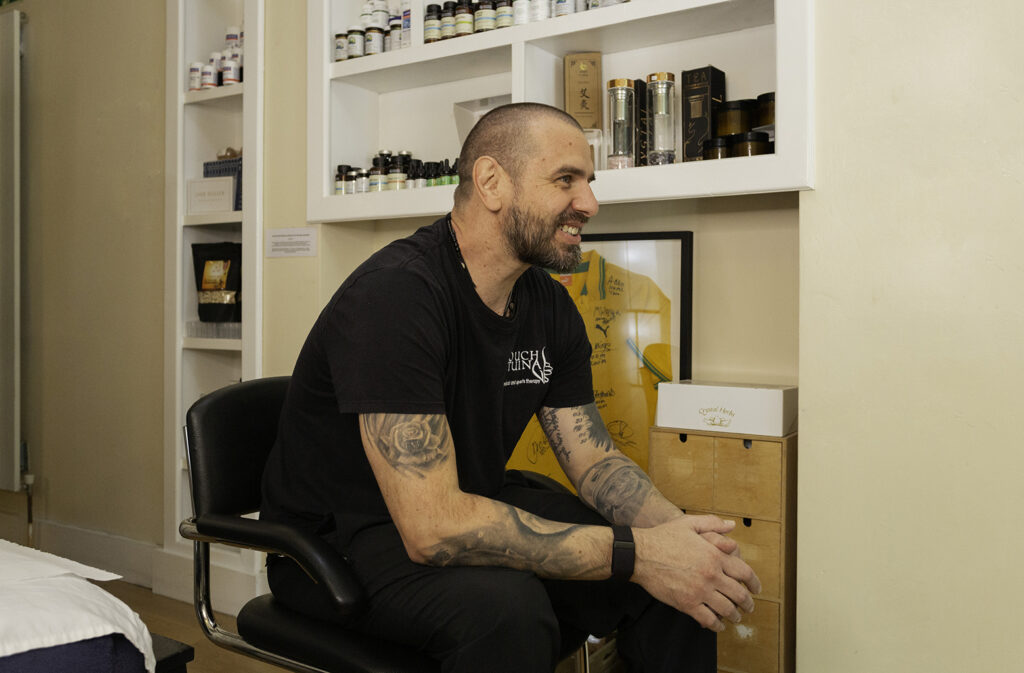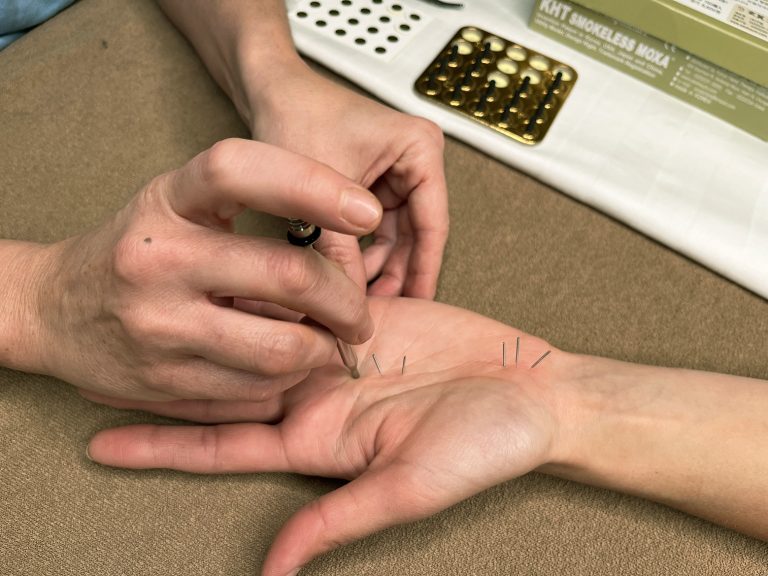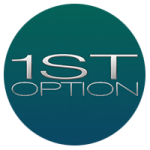Nowadays, one of the main triggers for neck and shoulder pain can be poor posture. With so much of our day spent looking down at devices, our bodies bear the brunt of the strain, so it’s no surprise that we often feel the effects. A common condition caused by this slouching is Postural Kyphosis. Technically speaking, it’s an excessive curvature of the thoracic vertebrae.
What types of poor posture specifically affect the neck and shoulders?
Take the seated example above, in this image Peter is hunched over, with rounded shoulders, his body is angled forward. In this second example his back is straight, his shoulders are aligned with his back and hips and his neck is supported by the rest of his body.
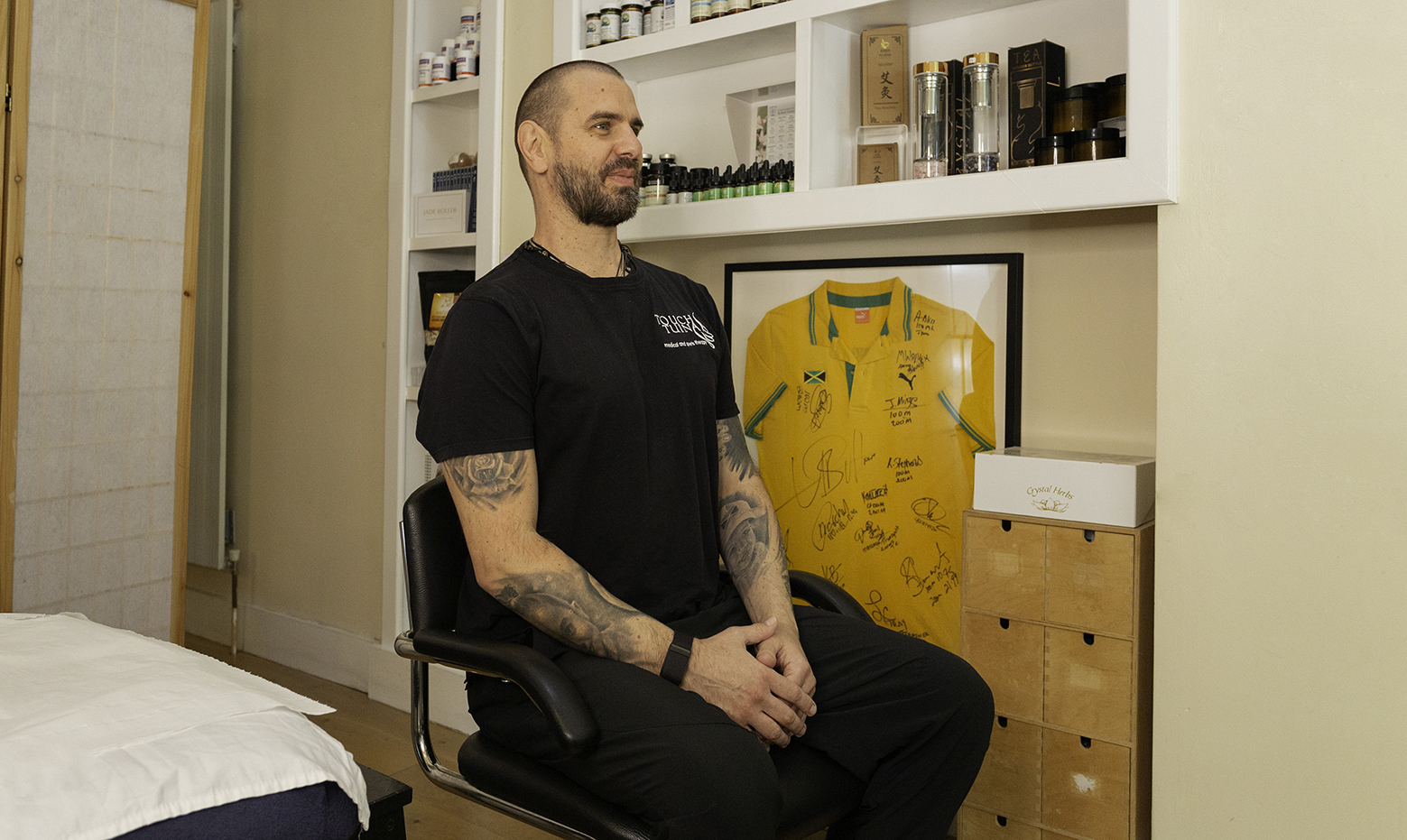
In this standing example, Peter is looking down at his phone, his shoulders are rounded and his head tilted forward. This is putting extra weight and stress on his neck muscles.
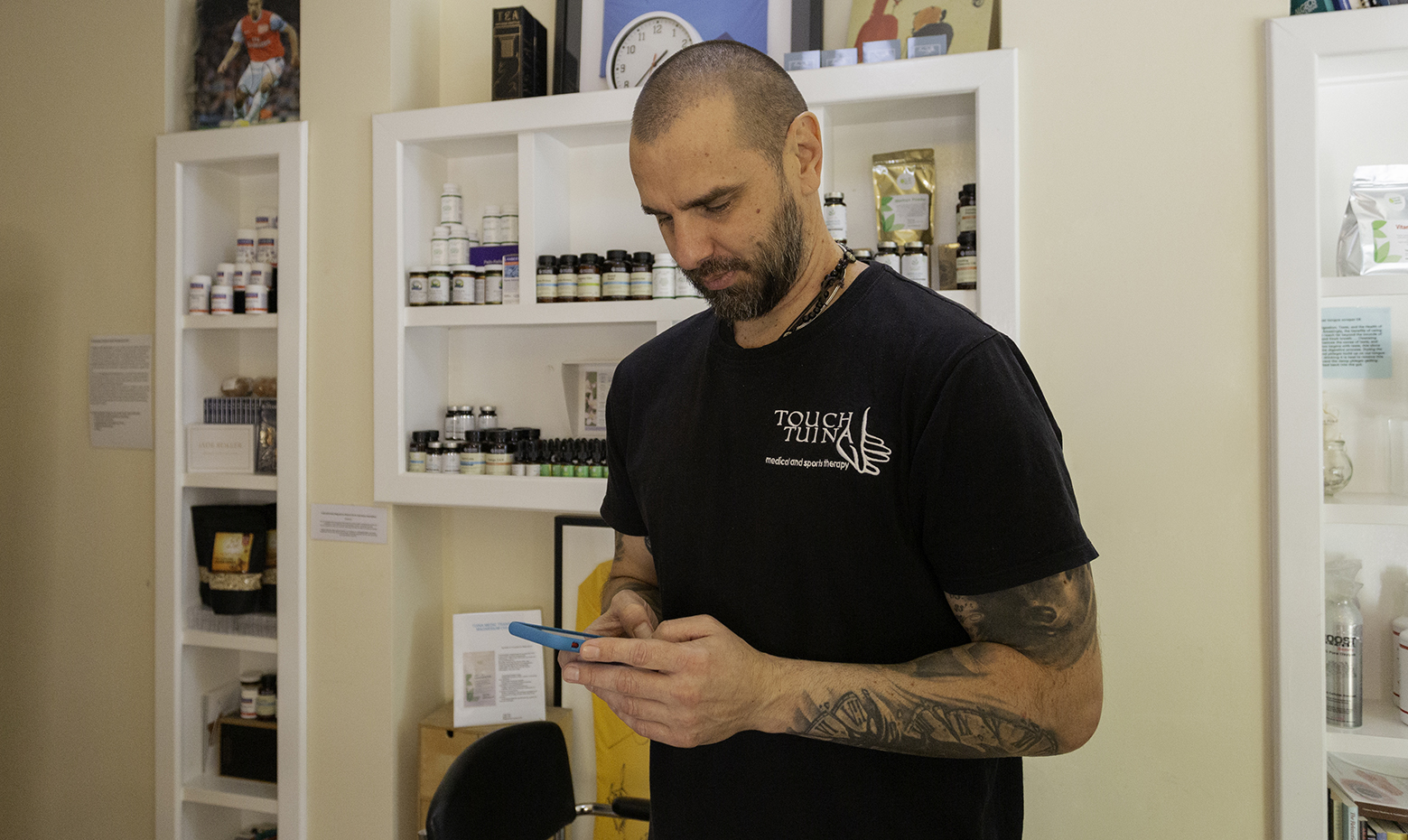
The correction shows good posture, with his body in alignment and his phone at eye level so no pressure is being put on his neck.
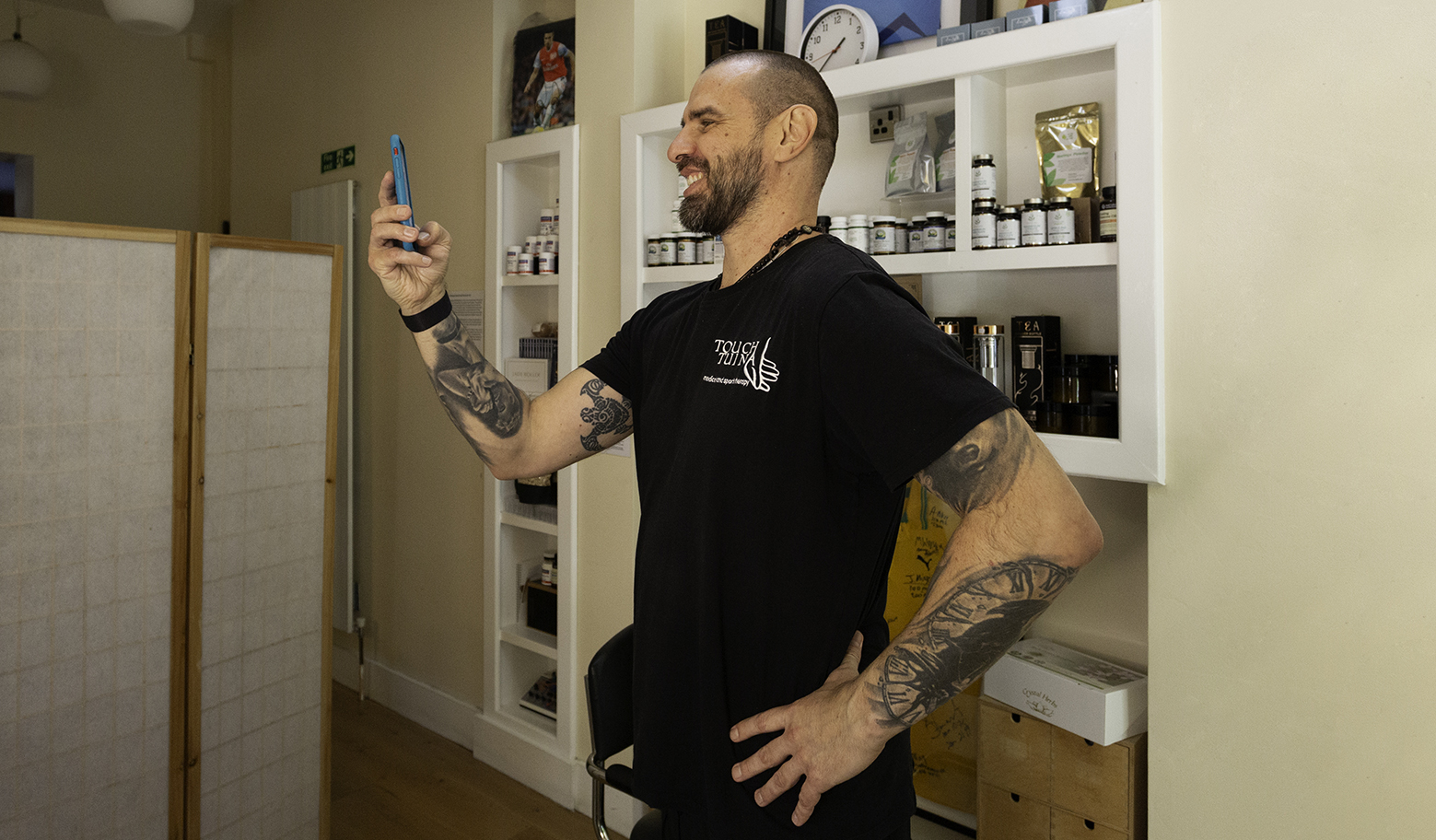
There are a few exercises we can do at home to improve your posture and relieve neck pain –
Kyphotic Posture Exercise
This is a breathing exercise to increase lung capacity and prevent kyphotic curvature. This will open up the chest and lungs and help to straighten and strengthen the upper spine, to stop the forward kyphotic curvature.
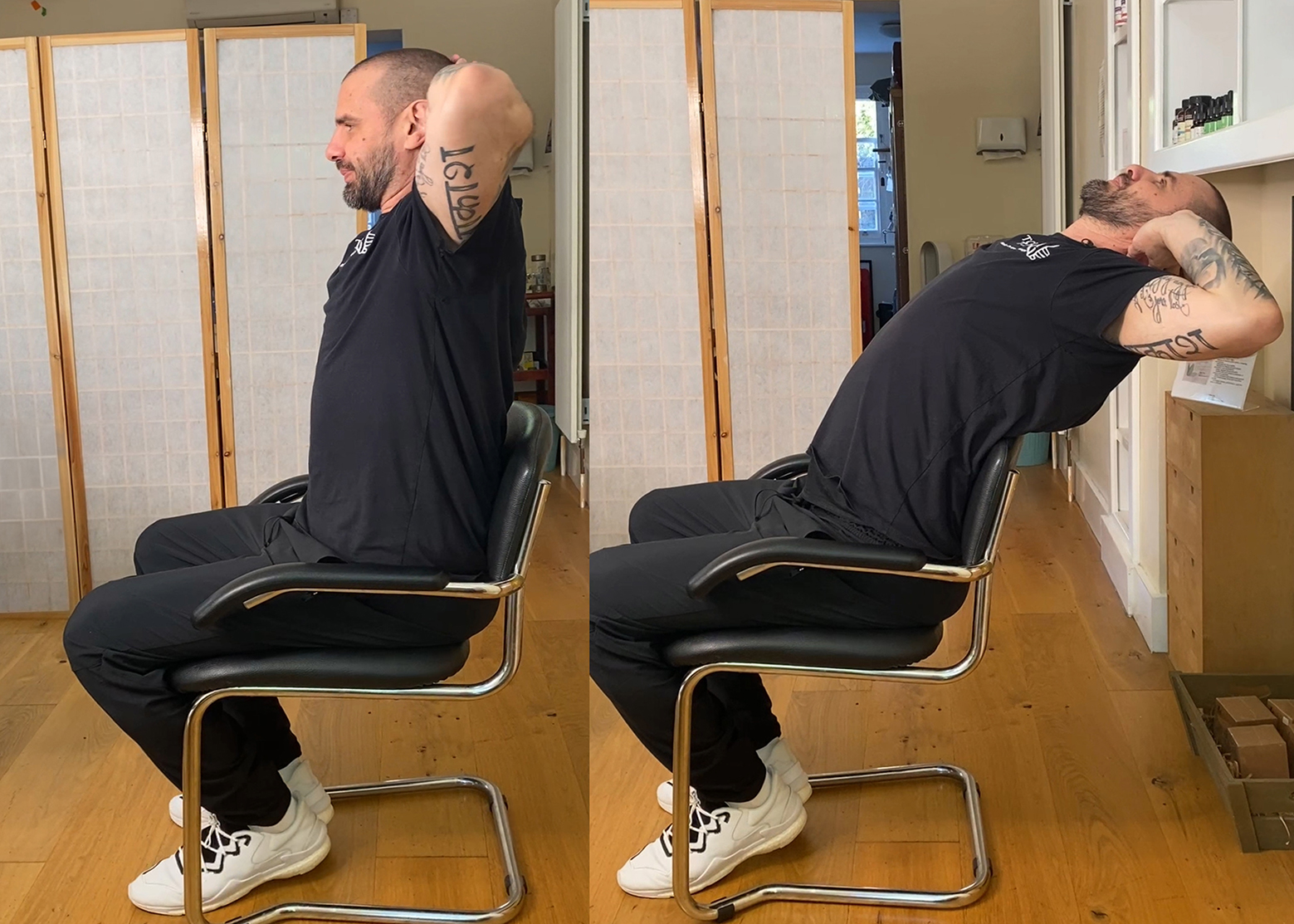
You’ll need a chair with a low back, or you can do this at home sitting in front of your sofa.
Start by sitting as far back in the chair as possible or with your back to the bottom of the sofa.
Put your hands behind your neck and allow your arms to fall open naturally to the sides.
Lean back curving slightly over the back of the chair.
Make sure you are relaxed.
Breathe into sternum, do not inhale into the belly.
Try to visualise your breath filling the bottom of your lungs and your intercostal spaces between the ribs, expanding your rib cage.
Gradually feel the breath fill the top of your chest, reaching the collarbone. Your belly should not really be engaged at this point.
Start off by doing this exercise 5 minutes at a time, increasing to 15 minutes.
Technique
To begin with you may find this difficult or may become lightheaded due to the increased levels of oxygen. To track your progress, take a picture of your back (side view) before, and again after a few weeks to see how your curvature has reduced.
We use the lungs, diaphragm and intercostals to breathe. The lung functions like an airbag, but similar to a muscle, it requires regular use and strengthening and it can atrophy with lack of use, leading to not being able to hold as much oxygen as it should. With a deficient compressed lung, the spine can collapse around it, causing kyphosis. The lungs, therefore, won’t have the energy or space to take full breath or hold the upper body upright.
Why is it important?
To breathe with the arms upright, we don’t compress the lung channel, specifically lung 1 and lung 2. By having the arms open, we open up the whole lung Meridian. By leaning back, we are also expanding the rib cage and intercostal spaces, which therefore opens up the spleen channel.
Both the lung and the spleen are responsible for generating Qi or energy for the body, and the spleen holds things up in place, and the lung generates energy. So by this position it allows the person to have a greater energy for most activities.
We’d also recommend having a look at a stretch we’ve previously featured, ‘Tech neck‘ . Which is a similar stretch, using a wall instead of a chair.

